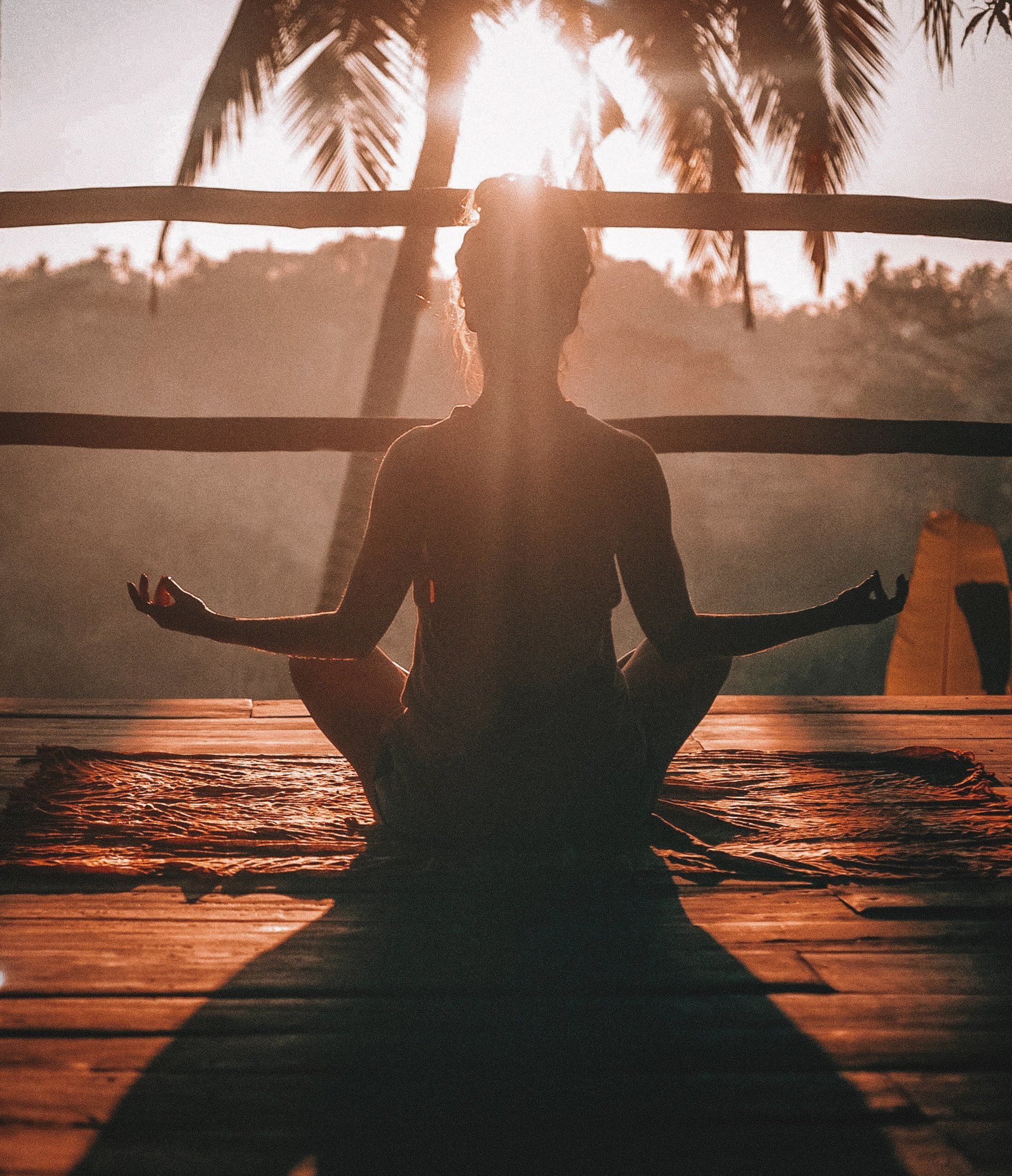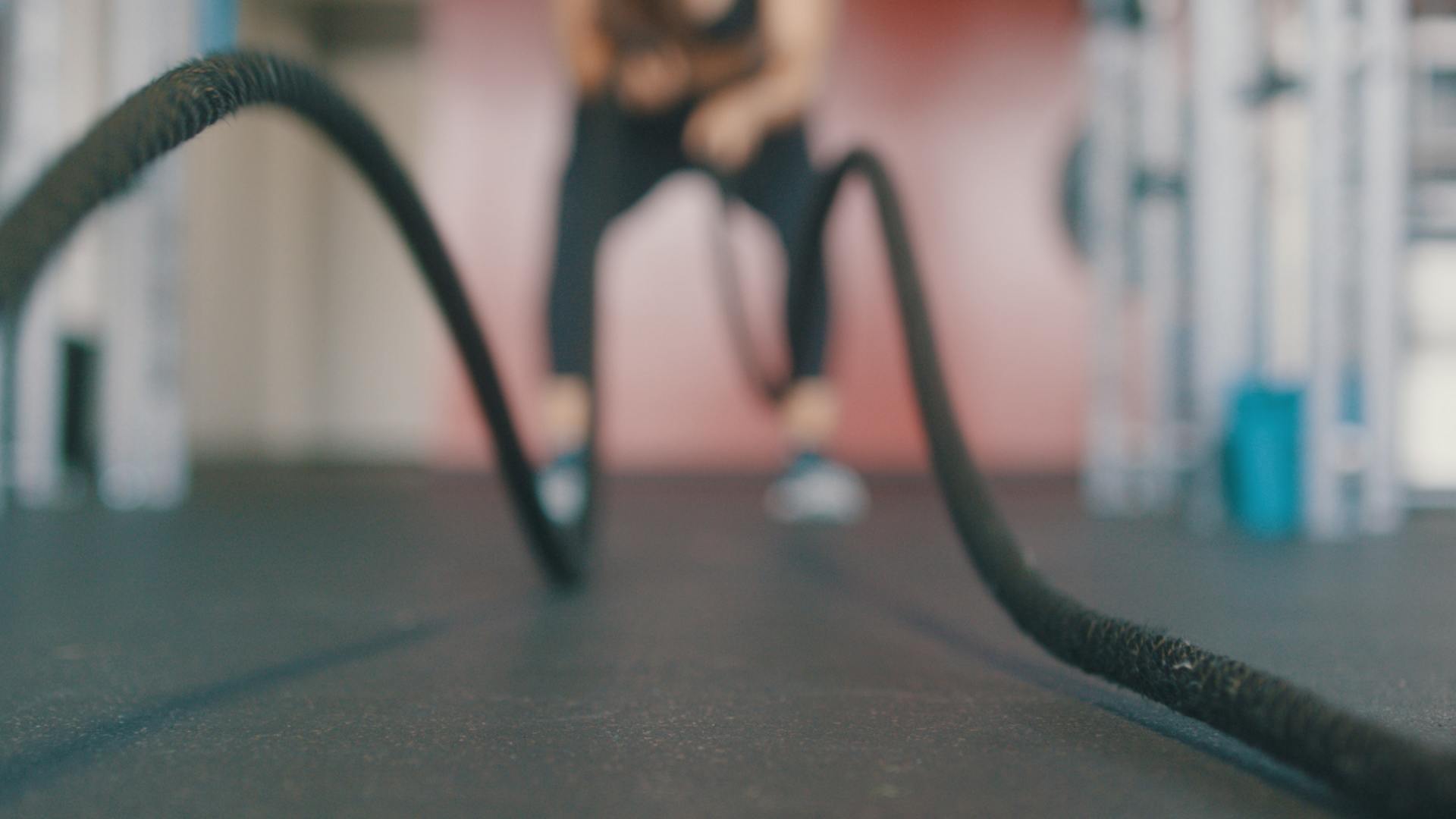The Value of a Daily Yoga Practice
Improve Flexibility, Reduce Soreness, and Feel Great!
"The body benefits from movement, and the mind benefits from stillness" - Sakyong Mipham
Although it is commonly utilized as a form of exercise today, yoga is a complex, multi-faceted discipline with deep historical and spiritual roots. Even with its growing popularity, there are still lots of misconceptions about yoga. Many people believe that they can't do yoga if they have bad joints, aren't at their prime fitness level, aren't flexible, or aren't spiritual, but that simply isn't true. One of the things that I love most about yoga is the innate adaptability it offers to practitioners. Whatever your personality, preferences, strength, or flexibility level, you can always find a type of yoga that benefits your lifestyle and goals.
My first introduction to yoga was when I took an 8am yoga class for college credit. The class taught some information about the history of yoga and the general breakdown of different branches and practices, but it was mostly just us doing an hour of bending and twisting and holding uncomfortable positions for an hour every day. I did not enjoy it at all, and it took me a long time to realize why.

The branch of yoga we practice for exercise purposes is generally called Hatha Yoga. Hatha is then broken into several categories of style. One of the most common styles taught in class settings is called Vinyasa. In this style, practitioners move through a series of poses that are specifically designed to "flow" together with controlled transitions. By using these fluid transitions, there is little "rest" time for the practitioner, as it takes a lot of focus and strength to move efficiently from one pose to another. If your goal is to use yoga to improve your balance and core strength, I HIGHLY recommend Vinyasa Yoga.
However, if you're like me, and already workout with high intensity throughout the week, Vinyasa Yoga may not be the right option for you. I use my yoga practice for a variety of functions like increasing my flexibility, reducing and preventing soreness from workouts, relaxing my body and mind after a long day, and even simply to start my day with positive vibes. Therefore, I prefer my practice to be slow, relaxing, and to require very little focus. This style of yoga is called Restorative Yoga. Since I started my daily yoga practice (in approximately February of 2019), I have experienced significantly less soreness after my workouts, less stiffness in my joints after sitting around all day at work, more alertness in the morning
without
caffeine, and increased feelings of positivity throughout the day.
And I know you must be thinking "I'm already soooo busy, how could I possibly practice yoga EVERY day?" So here's my secret - yoga can be practiced anywhere, any time, for any duration of time. I typically fit in 10-20 minutes of yoga on weekdays before I head to work, and 20-30 minutes of post-workout yoga on the weekends when I have more time.
Now here's my challenge for you: do a few quick Google searches to find a form of yoga that best fits your lifestyle and goals. Then, for the next
SEVEN days, practice for at least 10 minutes. Pay attention to how different you feel throughout the week. Do you feel more relaxed? Happier? More focused? Less stiff? If so, slowly increase the amount of time that you practice every day until you find
your practice. You can do this!
Need some inspiration? Check out
SarahBethYoga on YouTube! She has both Vinyasa and Restorative style videos (and more), and her videos are sorted into playlists making it super easy to find the practice that is right for you!
Disclaimer: I am not affiliated with or sponsored by SarahBethYoga, this is simply my favorite source of free yoga videos that I currently use for my daily practice. Enjoy :)
Please share this post with your friends, family, or any social media platform by clicking on the icons below! If you have any questions, drop a comment below or reach out to me directly via my Contact page!


